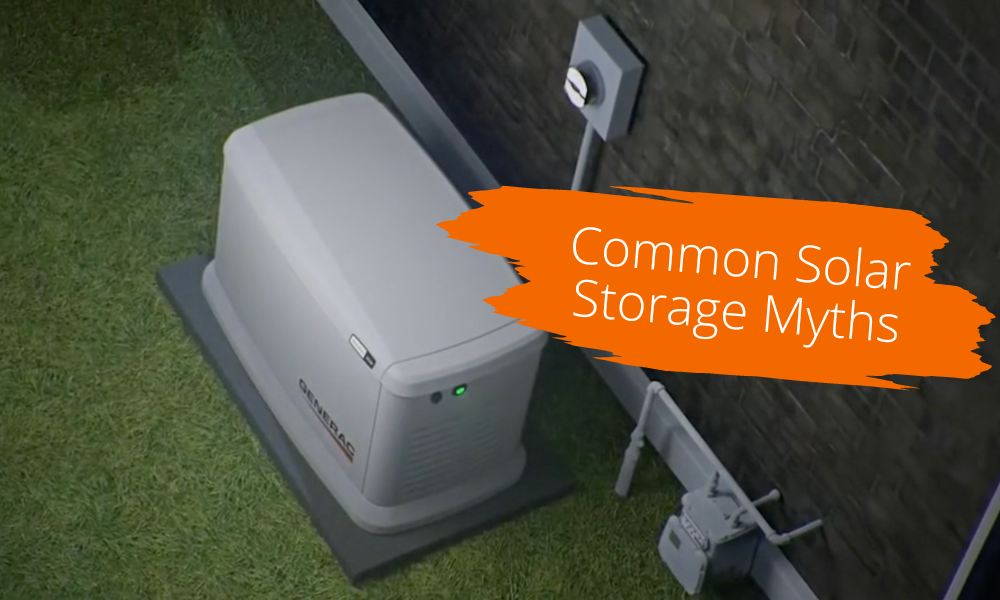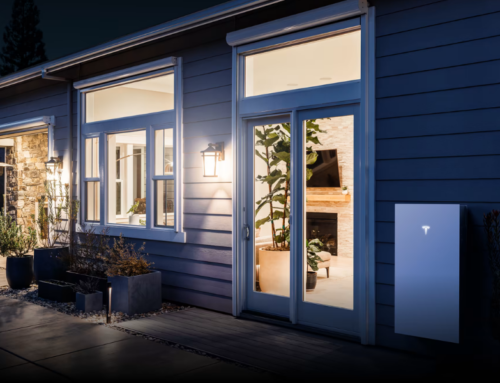The impacts of climate change have sent shockwaves around the world, from escalating hurricanes to unparalleled heatwaves. As we transition from winter to increasingly warmer weather, the anticipation of what’s next mounts, especially during wildfire season. For those in regions that are prone to such events, the thought of the next power outage is always looming.
In recent years, solar batteries have gained popularity due to their promise of continuity during power outages, particularly during peak wildfire season. However, because the technology is still fairly new, there are many misconceptions about solar energy.
Here, we aim to debunk five common myths about solar batteries.
Solar Battery Storage Isn’t Affordable
With any new technology, there’s a belief that innovation comes with a high price. Although the initial costs for solar batteries may have been substantial, recent changes have made them increasingly affordable.
The extension of the solar investment tax credit under the Inflation Reduction Act was established to make renewable energy more accessible. It had a special focus on standalone storage.
A solar battery stores sustainable energy to continuously power your home day and night. You can monitor your home’s energy usage and optimize for savings. Use the power from the sun during the day and draw from your battery at night.
Solar Battery Storage Doesn’t Provide Long-Term Backup Power
One common question from homeowners is about the longevity of a solar battery’s power supply during power outages and blackouts. Several factors influence your solar battery’s ability to power what you need:
- Capacity: What’s the size of your storage system? Understanding how much power it can store provides an indication of its longevity.
- Stored energy: How much energy was in your solar battery before the outage? If the battery isn’t fully charged, it could influence its duration.
- Energy consumption: How are you using the power you have? If you’re only discharging the battery when necessary, your stored energy will likely last longer.
Given the right conditions, your solar battery can last a significant amount of time during a power outage, especially if it can recharge during the day.
Solar Battery Storage isn’t Available in Certain Climates
While ideal weather conditions are beneficial, solar storage systems are robust and designed to withstand varying climates. When possible, we recommend indoor installations, often in a garage, but shaded outdoor installations are possible in areas where temperatures range between 15-110° F and are protected from severe weather.
Solar Battery Storage isn’t Safe
While it’s true that not all solar batteries are created equal, safety is a paramount concern in their design and production. Lithium Iron Phosphate (LPF) chemistry is used for its stability and cooler operating temperatures, making it a safer choice than some alternatives on the market.
Solar Battery Storage is Loud
During charging, a solar storage system can emit sounds up to 50 dBA. This is comparable to the hum of a refrigerator. The noise may vary based on the amount of solar power being converted when the battery is charging and discharging.
Solar storage systems can offer homeowners numerous benefits, including peace of mind during power outages, utility savings, and a cleaner alternative to traditional generators.
Despite the myths, it’s clear why solar storage is becoming a popular choice among Americans.
If you have additional questions about how solar storage works, visit our Solar Storage page or reach out to us at SUNSOLAR SOLUTIONS — we’re here to help guide you through the process.







